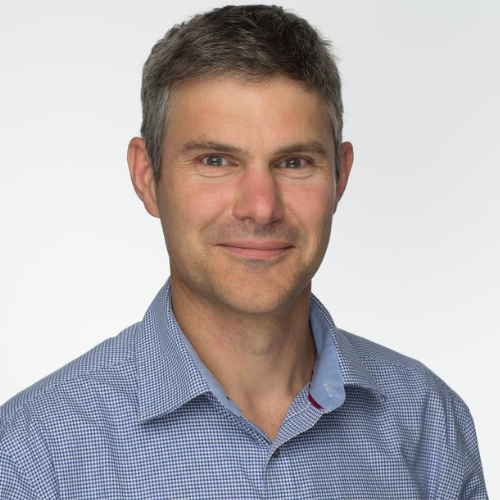2D X-ray is the world’s most common form of medical imaging but gives a limited view of our 3D bodies. 3D images are available from big scanners, such as CT and MRI, but these are expensive and immobile. In contrast Adaptix use arrays of miniature X-ray emitters to fire low-dose X-rays from many positions to create 3D slices from a low-cost, lightweight, mobile device.
Steve Wells is the Chief Technology Officer and manages the research and development team of scientists and engineers across a range of disciplines. He joined Adaptix when it was a small startup and it now has over 70 people, distributed over four sites. It is starting to serve veterinary and nondestructive testing markets where the regulatory hurdles are much lower. Meanwhile they are working towards the key milestone of the first human imaging systems, where there is more regulation, expected to be installed later in 2023. This milestone brings huge challenges: setting up a production site; employing staff in the US; working with distributors; negotiating with system integrators to create a wider global market; and managing an extensive roadmap.
Having previously managed a large team at Siemens and now manages a small team in a startup, Steve welcomes the Shott Scale Up Accelerator’s coaching and networking opportunities to help guide Adaptix’s transition from startup to global company. He says: “our imaging methods are applicable to a wide range of industries so it would also be great to expand my network.”

He notes that the networking opportunities in the Shott Scale Up Accelerator will help him to gain new ideas and strategies for managing these upcoming technical challenges and how to structure and lead his team to achieve this. He notes that this can be hard to do without having a structured programme.

